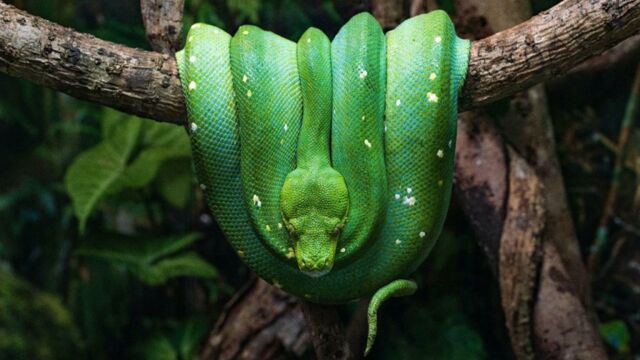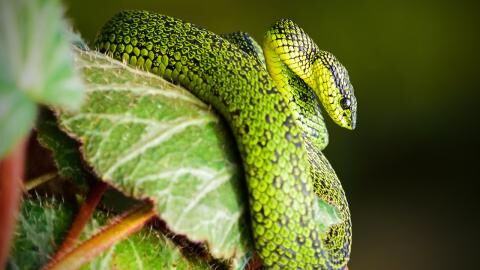Unbelievable as it may seem, there was a time, millions of years ago, where snakes roamed the corners of the world by…walking! How these cold-blooded beasts lost their legs remains a mystery but the recent discovery of two fossils have lifted the veil on their rather mysterious evolution.
Discover our latest podcast
A snake without front legs
Nagini mazonense is the name of the incredible new species which was discovered in fossil form by American researchers. It was in Illinois, an area reputedly rich in prehistoric animal fossils, that these scientists got their hands on this creature that once roamed the Earth more than 300 million years ago.
What makes it so special? While this animal was barely 10 centimetres long, it had back legs and each ‘foot’ had four toes. What’s curious about this animal is that it didn’t have any front legs—making it somewhat of a mix between a lizard and snake. Definitely a creature of our nightmares…
Read more:
⋙ This monstrous snake resurfaces after disappearing for six decades
⋙ The secret behind the evolution of snake venom has finally been revealed
⋙ Deadly snake found in the UK
A gradual disappearance of limbs
According to the researchers, who published their study in the journal Nature Ecology & Evolution, many tetrapods (animals with four legs) opt for morphology similar to that of the snake during the course of evolution. So, with an elongation of the body, accompanied by the loss of limbs and a further disappearance of the feet.
For them, Nagini mazonense is a missing link between the distant tetrapod ancestors of snakes and the present-day snakes. This link could explain the process by which the slithery beasts began to favour gliding instead of walking. Arjan Mann, the study’s lead author explained:
This disappearance of the forelimbs first is consistent with the pattern of limb disappearance observed in modern snakes and contrasts with the process of disappearance of the hind limbs first observed in many other tetrapod groups
This article has been translated from Gentside FR.















